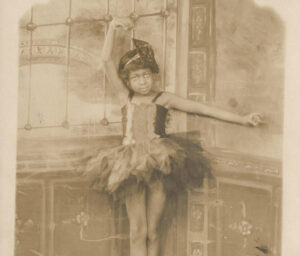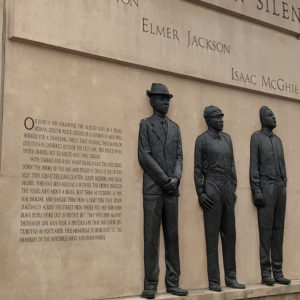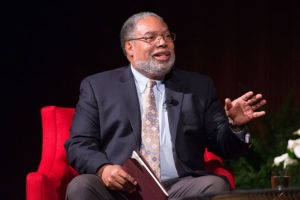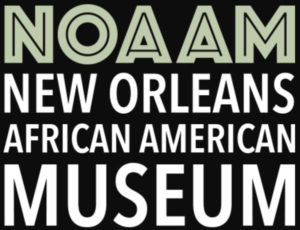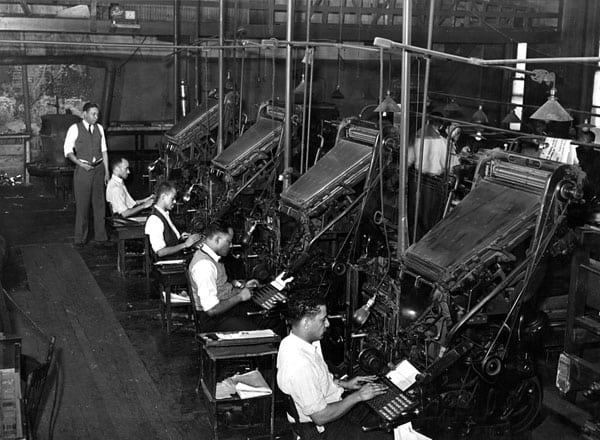
June 6, 2018; WBEZ-FM (Chicago, IL)
As a growing number of museums are diversifying their collections to include works and collections from voices outside the historically Eurocentric canon, a Chicago nonprofit that digitally archives photos and articles from historically Black newspapers is teaming with Google Arts and Culture to reach a wider audience.
The Obsidian Collection Archives works with historically significant Black media—like the Chicago Defender, Baltimore Afro American, and The Dallas Post Tribune, to name three—to preserve and digitize their archives. The nonprofit’s goal is to “preserve and share images from African American newspapers to future generations,” an especially important goal given the relative dearth of content chronicling Black life in the early parts of the twentieth century.
This, though, is just the first stage. Executive Director Angela Ford has bigger plans. “More than just digitizing it for researchers, I’m passionate about the next generation seeing how awesome we are and in changing the narrative permeating the American conversation right now about African Americans.” This could be huge—a vast archive of reporting from the Black community in America. This would make a repository available for students and academics to see how Blacks have lived and experienced life throughout the nation’s history.
Sign up for our free newsletters
Subscribe to NPQ's newsletters to have our top stories delivered directly to your inbox.
By signing up, you agree to our privacy policy and terms of use, and to receive messages from NPQ and our partners.
In these archives are photos showing how middle-class Black families lived in the 1950s. In contrast to so many archival projects and museums, the Obsidian Collection Archives will offer a look into Black culture as Blacks portrayed themselves. As Angela Ford puts it, “What happens is a lot of these archive collections speak in an echo chamber of libraries and archives where it just doesn’t get out to the laypeople. What I love about Google Arts and Culture is you could be standing in line at the grocery store and viewing our archives. We’ll keep rotating them in and out and keep pushing them through social media. We want everyone to see us.”
Preserving these stories and photos will allow for our descendants to know what life was like for those who lived it, avoiding the voyeuristic tendencies of outsider histories so prevalent in both the mainstream (mainly white) media and the academy. Also, too often in the museum world, well-intentioned leadership commandeers the curation of exhibits at the expense of those with first-hand experience. Teaming up with Google, while keeping control of the media that are included in the app, will ensure that the world has access to these pieces of history, to study and to appreciate.
This is a nonprofit-for-profit partnership done right. Google Arts and Culture is giving The Obsidian Collection Archives the controls to curates its own digital collection, allowing those who know the material best to choose what is important. The nonprofit will cycle through media to keep information fresh and relevant.
As the nonprofit world and society at large finally start to move toward telling everyone’s story, the Obsidian Collection Archives is paving the way. It has drawn a blue print for effective partnership with for-profits, leveraging technology to reach the broader public. Those who lived the important moments of the past deserve to tell their own stories. Society is finally realizing that, and this is another step on this trend forward.—Sean Watterson


